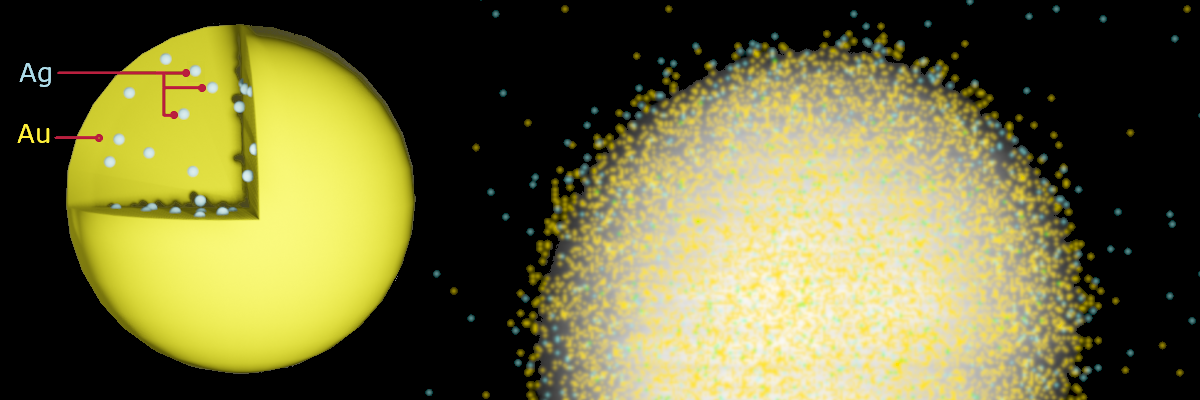Tracking unusual properties in silver-gold nanoparticles

Superconductors are a unique class of materials in which, below a certain temperature, the flow of electrons inside the substance does not encounter any resistance. As a result, the flow of electrons does not generate any heat, unlike in metals like copper. Superconductors can thus greatly boost the efficiency of devices as well as help overcome grid losses that are encountered when electricity is transported from power plants to the consumers. Superconductors are also employed in a range of specialised devices including Maglev trains, particle accelerators, quantum computers and most importantly, medical diagnostics such as Magnetic Resonance Imaging (MRI) machines. Most materials only exhibit superconductivity either at extremely low temperatures or extremely high pressures or a combination of both. This limits the usage of these materials in everyday applications, and also makes the utilisation of existing superconductors expensive and cumbersome.
A new study led by Anshu Pandey, Associate Professor in the Solid State and Structural Chemistry Unit (SSCU), IISc, describes progress made in understanding engineered nanoparticles made from silver and gold, which can potentially be tailored to exhibit superconductivity at near ambient temperature and pressure.

Figure 1. a. Schematic showing steps for preparation of Au-Ag nanostructures. Prominent reagents are mentioned. b. Variation of resistance of a 25 nm thick film of NS with the temperature at different magnetic fields.
Silver and gold nanoparticles have fascinating optical properties, and conventionally have been widely employed in fields such as opto-electronics and biosensing. Despite their other conventional applications, individually, neither silver nor gold nanoparticles have previously been considered as potential candidates for superconductors.
The materials developed by the IISc team comprise of small (~1 nm sized) silver nanoparticles dispersed into a gold matrix in a discrete manner. Previous research by the same group has shown that in some cases, a zero-resistance state could persist to temperatures even higher than 350 K (77 oC) in these engineered materials. This brings up the possibility of using these materials as zero-resistance interconnects for practical applications. The researchers however caution that practical applications involving these materials still require more investigation of their chemistry, particularly to address their instabilities.
Samples of these materials that are suitably stabilised also exhibit a loss-less extinction feature in the optical spectrum – they scatter visible light rather than absorbing it. This study further corroborated these unusual properties by measuring the energy loss encountered by high energy electrons passing through these silver-gold nanostructures in vacuum. In a nutshell, these materials appear to exhibit an exotic phase that departs considerably from conventional metal-like behaviour.
REFERENCE:
Saha SK, Mondal P, Vasudeva N, Mahadevu R, Thapa DK, Bhattacharyya B, Sharma A, Islam S, Mahapatra PS, Sai TP, Channagiri SA, Bellare P, Narayan A, Ravishankar N, Patil S, Ghosh A, Pandey A, Unconventional Properties of Engineered Au-Ag Nanostructures, Superconductor Science and Technology (2022).
https://doi.org/10.1088/1361-6668/ac74ea
LAB WEBSITE:
https://sscu.iisc.ac.in/pandey/





